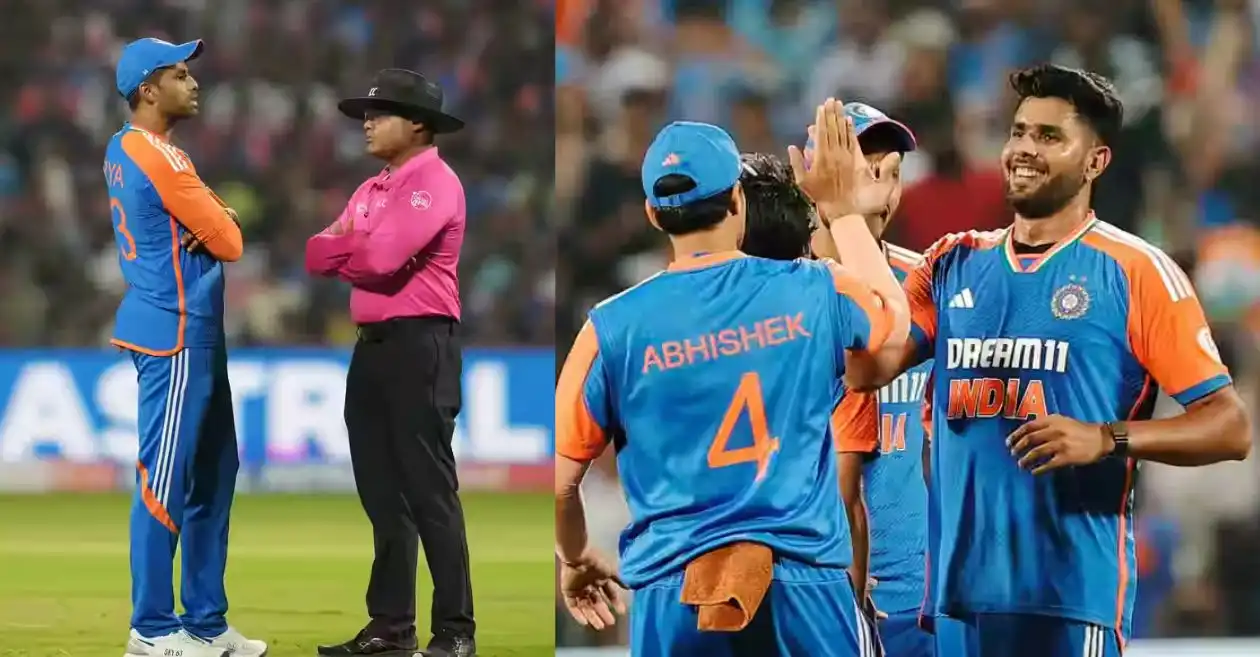Table of Contents
The fourth T20I between India and England in Pune was not just about cricketing action but also about a major controversy regarding the concussion substitute rule. India’s choice to bring in Harshit Rana as a replacement for Shivam Dube drew criticism, with England’s skipper Jos Buttler questioning whether the decision aligned with ICC regulations.
Controversial decision raises questions
During the final over of India’s innings, Dube was struck on the helmet by a delivery from Jamie Overton. After medical examination, India announced that pacer Rana would take his place under the concussion substitute rule. Rana went on to make a significant impact with the ball, claiming three wickets for 33 runs and playing a pivotal role in India’s 15-run triumph.
However, England expressed concerns over the legitimacy of the substitution. Buttler argued that Rana, primarily a pace bowler, was not a suitable like-for-like replacement for Dube, who is known for his batting and occasional medium-pace bowling.
Also READ: Triple-wicket maiden: England pacer Saqib Mahmood achieves a unique feat in the 4th T20I against India
Was Harshit Rana a true ‘like-for-like’ replacement?
Several experts believe that replacing an all-rounder like Dube with a specialist bowler such as Rana provided India with an advantage. Former players like Kevin Pietersen and Alastair Cook also weighed in, suggesting that the decision contradicted the spirit of the rule.
The ICC’s concussion substitute rules aim to maintain fairness in the game by ensuring that a replacement does not give a team an undue advantage. Clause 1.2.7.3 states that the substitute must be a like-for-like player, meaning their inclusion should not significantly strengthen the team beyond what the concussed player offered. This prevents teams from using the rule strategically to gain an upper hand.
Meanwhile, Clause 1.2.7.7 grants the match referee the final authority in approving or rejecting a concussion substitution, with no option for teams to challenge the decision, ensuring that disputes do not disrupt the match.
Clause 1.2.7.3: “A concussion replacement should be a comparable player whose inclusion does not provide a significant advantage to the team for the remainder of the match.” This rule ensures that teams do not exploit the concussion substitution process.
Clause 1.2.7.7: “The match referee’s decision regarding a concussion replacement is final, and teams cannot appeal against it.”
